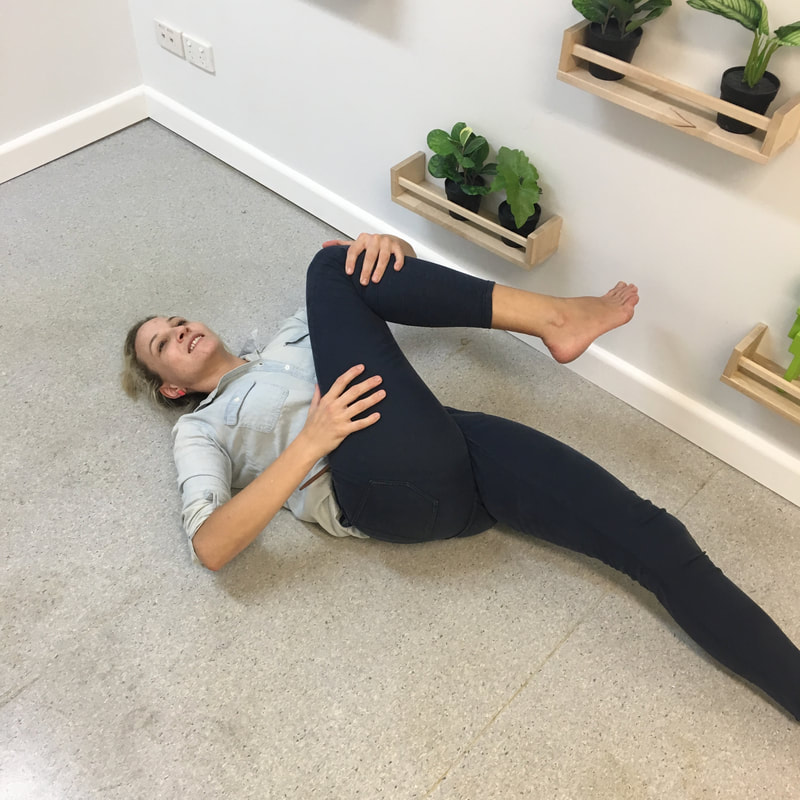Mobility Exercises for Improved Rowing Performance and Injury Prevention
There are only 120 or so strokes in a 1km race and double that in a two kilometre race. So how to you make sure you are MOST effective through out every stroke? Improving your flexibility is one way to improve your stroke and prevent injury without having to do more training.
Below are a list of stretching/ self massage exercises that we recommend for rowing. We recommend picking a few per rowing session and performing them really well and for at least 90 seconds per side rather than trying to get through all of them. Not only will it be very time consuming but research has shown that 90 seconds is the least amount of time needed to affect change in tissue tone through stretching and triggering.
Regular sports massage or myotherapy is a good way to to help improve your performance and prevent injury. Your soft tissue therapist will assess your range of motion specific to your sport, create a treatment plan and perform a range of soft tissue techniques including but not limited to deep tissue massage, dry needling, and/or trigger point therapy.
Below are a list of stretching/ self massage exercises that we recommend for rowing. We recommend picking a few per rowing session and performing them really well and for at least 90 seconds per side rather than trying to get through all of them. Not only will it be very time consuming but research has shown that 90 seconds is the least amount of time needed to affect change in tissue tone through stretching and triggering.
Regular sports massage or myotherapy is a good way to to help improve your performance and prevent injury. Your soft tissue therapist will assess your range of motion specific to your sport, create a treatment plan and perform a range of soft tissue techniques including but not limited to deep tissue massage, dry needling, and/or trigger point therapy.
Foam Roller Your QuadsMake sure as you are performing this self massage technique that you roll our the inside of your leg as well as the outside. Aim to go the length of the muscles from just above the knee to the pelvis. Aim to do at least 90 seconds per side.
|
Stretch Your QuadsIf you prefer to stretch your quads this is the stretch we recommend. Lying on the ground makes it more difficult for you to 'cheat!' Prevent your lower back from arching as you pull your foot towards your gluts. Push back into the strap for 10 then relax your leg and try to bring foot close to your gluts. Repeat 3 or 4 times.
|
Psoas StretchLean away from the side you are trying to stretch to make this stretch even more effective. Aim for 90 seconds per side.
|
Glut TriggeringLoosening off your gluts can help you rock over more effective as well as reduce lower back tightness. Aim to roll for 90 seconds per side
|
Glut StretchWe prefer this stretch - trying to get your knee towards your opposite shoulder because it replicated the position of your body a the catch in sweep rowing. Aim to hold the stretch for 90 seconds per side.
|
Thread the NeedleThis exercise involves gong on all fours, rotating your body and arm as far as you can underneath your opposite arm. Then uncurling yourself and rotating towards the sky as far as you can. It helps improve your thoracic rotating which is necessary for sweep rowing.
|
Thoracic ExtensionThoracic Extension is important to help to hold your oars in the water at the finish of your stroke. Start in the middle of your back and support your head as you arch over the foam roller. Take 5 deep breaths and move the foam roller up. Aim for at least 3 different areas.
|
Pec TriggersYou use your pecs all the time in rowing and they become shortened when you sit all day with poor posture. Loosening your pecs can help your finish position as well as prevent shoulder injuries.
|
Hamstring TriggersMaking sure that you have good rock overs essential to have a great rowing stroke, which involves good hamstring length. Hamstrings tendinopathies are also quite prevent in rowers. Keeping them loose is essential to prevent injury and improve performance.
|
Additional Muscles That You Should Think About Loosening Off With Rowing Include:
- Upper Body Muscles
- Traps
- Neck Muscles
- Lower Body Muscles
- Calves
- Adductors
Other areas of your body affected by cross training for rowing:
Due to the load that rowing places on your joints coaches will tend to add in cross training. If you are currently participating in cross training for your sport here are some resources that may help to prevent injury:








